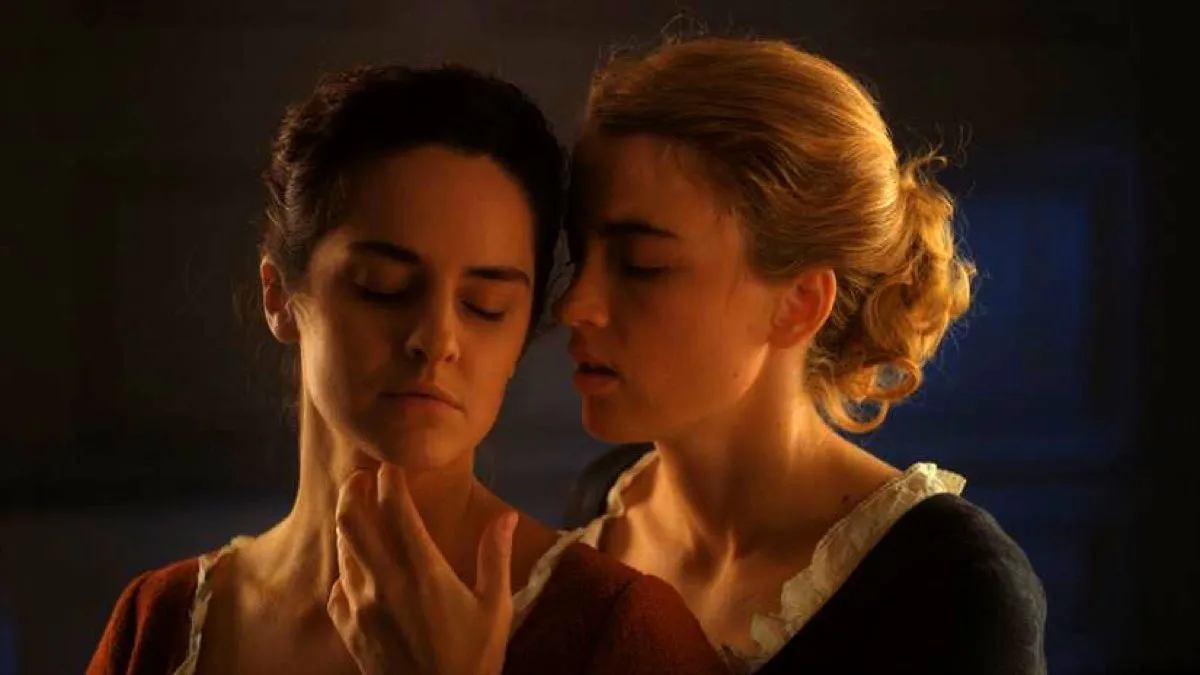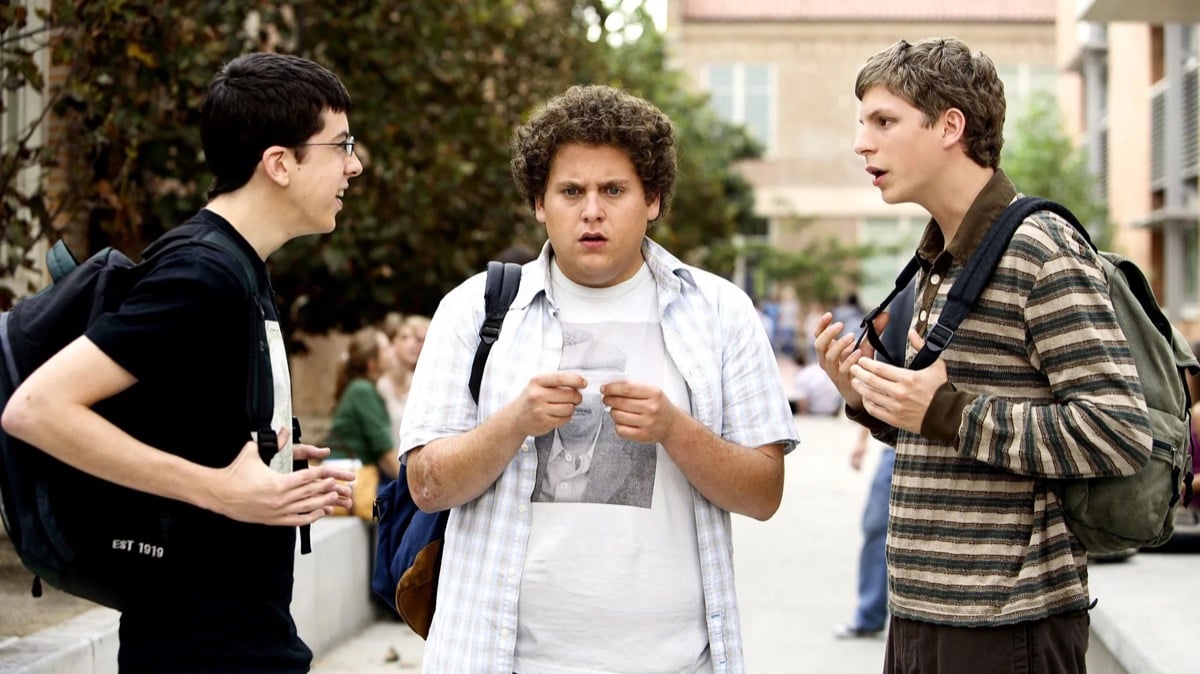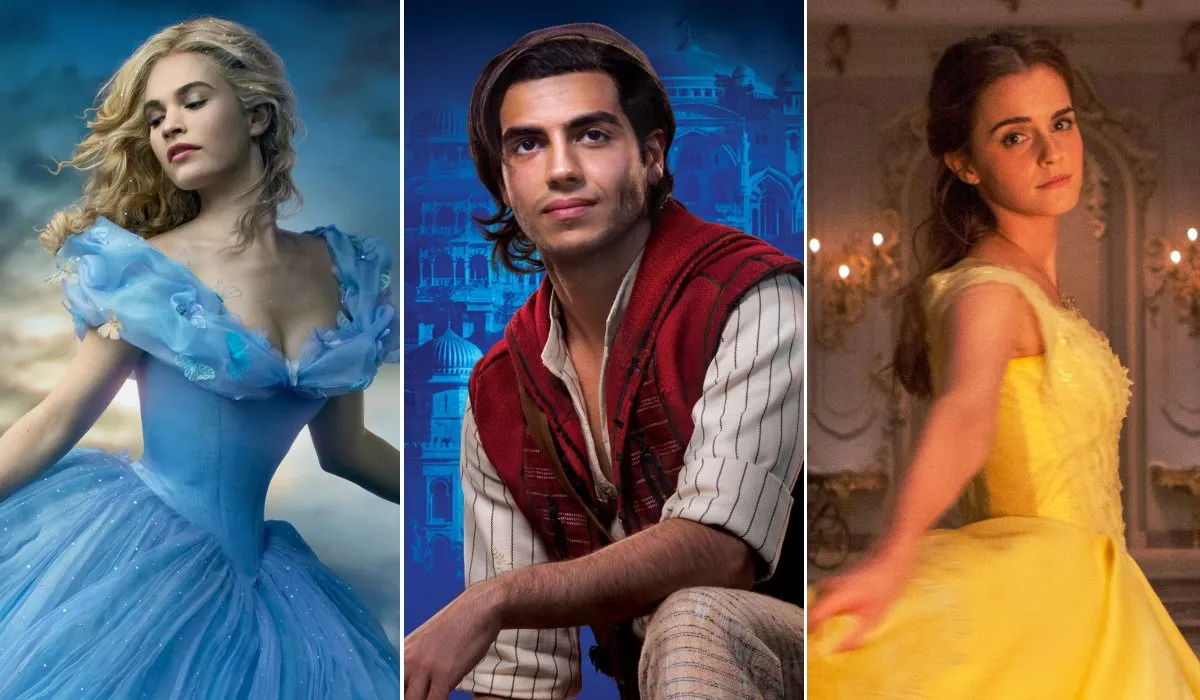If you appreciated the brutal realism of Céline Sciamma’s masterpiece Girlhood, set in a poor Paris suburb, you’ll be surprised by her new movie, Portrait of a Lady on Fire. This intimate yet visually powerful, rebellious romance won the Queer Palm and the Best Screenplay at Cannes earlier this year and will hit U.S. theaters on December 6.
The French director withdraws herself from the bleak, urban atmosphere of her tough 2014 coming-of-age story to set this exquisite period drama on a remote island off the coast of Brittany in the 18th century.
*Spoilers for the movie ahead.*
Painter Marianne (Noémie Merlant) has been commissioned to paint the portrait of secluded Héloïse (Adèle Haenel) before she is married off to her dead sister’s ex-fiancé. The young woman’s mother, the Countess (Valeria Golino), tells Marianne that her daughter categorically refuses to sit for the painting, as she opposes the marriage to a man she has never even met. The painter then agrees to pretend to be Héloïse’s hired companion while painting her picture in secret.
Formal and awkward at first, the bond between the two women grows stronger, turning into an inescapable attraction destined to burn fast. Portrait of a Lady on Fire relies on the delicate yet compelling performances of the two lead actresses and multiple references to myths and folklore. Nothing happens by chance in this carefully crafted movie, which weaves a web of symbols connecting past and present.
A scene where they’re discussing the tragic story of Orpheus and Eurydice and the possible reasons why Orpheus turns around, despite knowing this means losing his love for good, returns when the two women say goodbye. Not just classical myths, but also more modern works of literature are peppered throughout the movie. As Marianne starts falling for Héloïse, she is haunted by her ghostly image in a pristine wedding dress, a clear homage to gothic novels.
But Portrait of a Lady on Fire is deeply rooted in reality, too, sketching a harsh past-present where being a woman means not having control over your image or your body. The film interestingly deals with a case of abortion as the protagonists help maiden Sophie (Luàna Bajrami) navigate an unplanned pregnancy. While these issues tend to always get swept under the rug, Héloïse asks Marianne to recreate the abortion scene for a painting, putting what is normally too uncomfortable on display.
Sciamma and cinematographer Claire Mathon paints their picture using thick, luscious strokes of vivid colors, to the point that several frames stand out as paintings of their own. For instance, during one of the first encounters between the two protagonists, the barren, cold landscape is lit up by them wearing green and red dresses, tenderly hugging across a bright blue sea.
This is also the case with the scene that gives the title to the movie, a dark, disturbing image of Héloïse standing still as her dress catches fire. Years later, as the audience learns at the beginning of the movie, Marianne will paint that very same picture, incapable of forgetting her lover.
Portrait of a Lady on Fire brims with the unique burning desire and adoration that the female gaze can capture. As the viewer sits with Marianne while she spots an unaware, now-married Héloïse at the theatre, the movie invites us to reflect on the concept of selfless, empowering love. Marianne doesn’t need Héloïse to see her; she just wants to watch her and make her feel seen, for the very last time.
A queer love story, filtered through the eyes, hands and bodies of women? That would be a shame to miss.
(image: Pyramide Films)
Want more stories like this? Become a subscriber and support the site!
—The Mary Sue has a strict comment policy that forbids, but is not limited to, personal insults toward anyone, hate speech, and trolling.—









